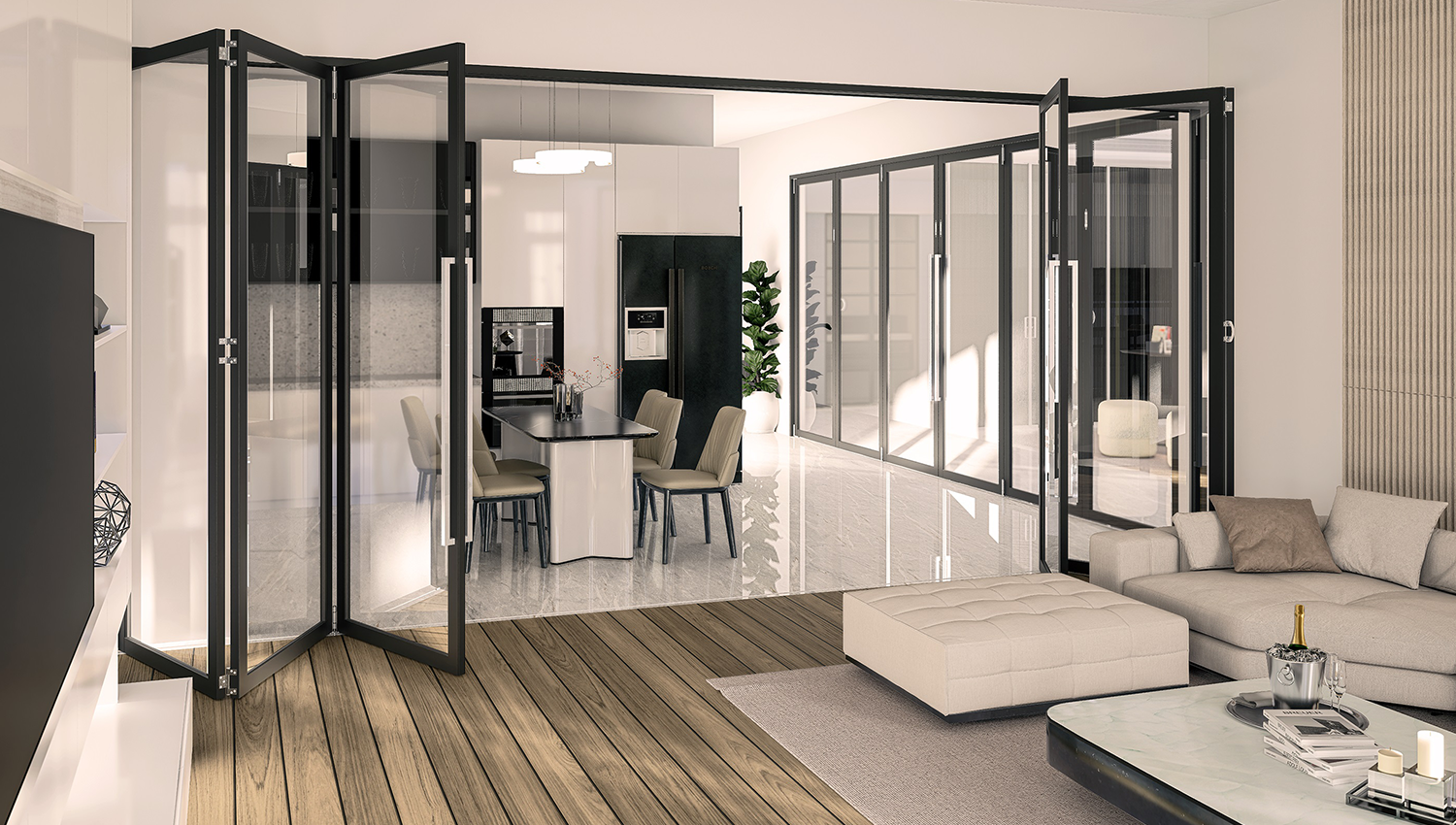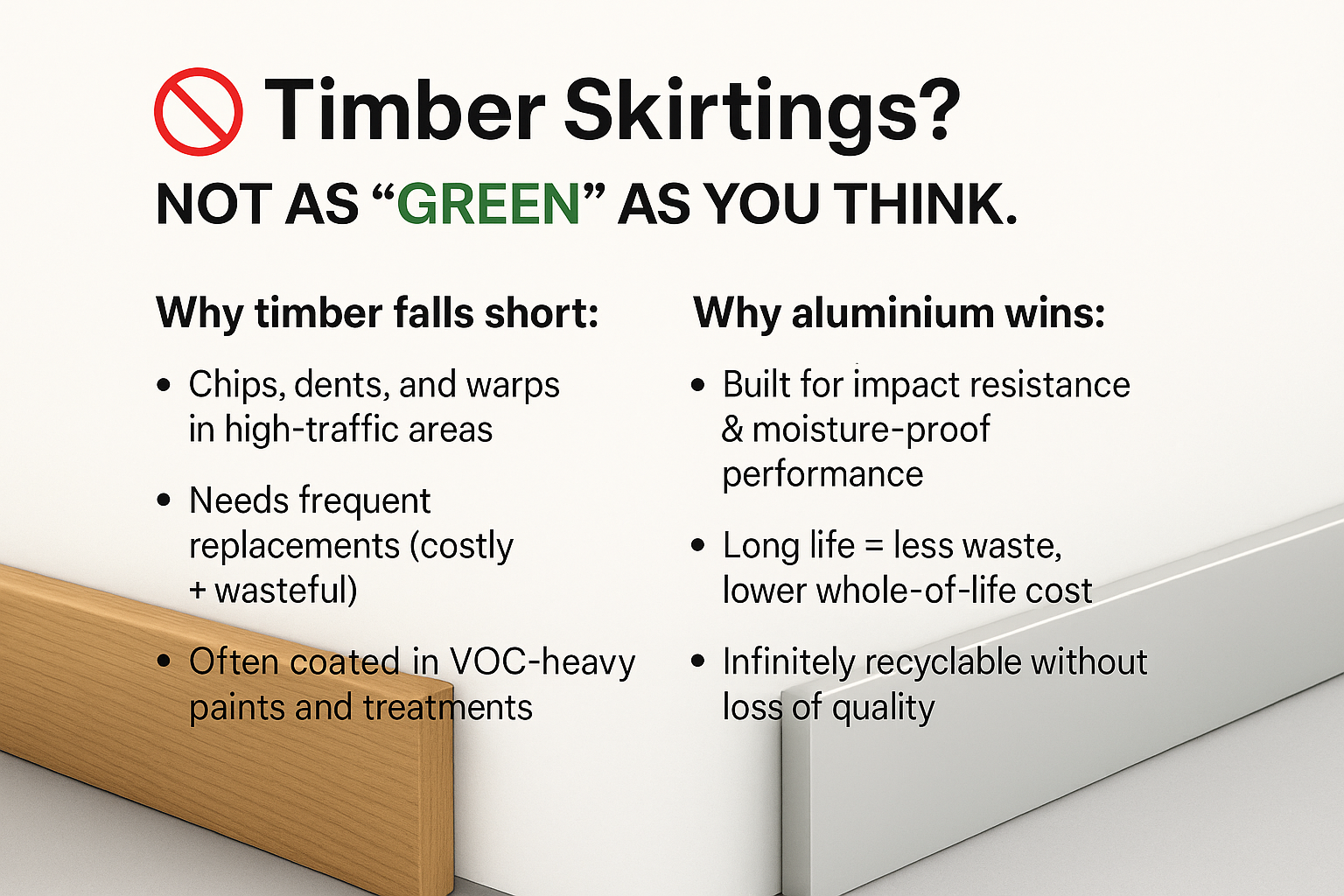
As companies focus on encouraging employee engagement, office design has become a tool in this quest. A comfortable workplace that blends work and home environments is more attractive to workers, especially as millennials enter the workforce in greater numbers.

Office design trends favor "natural" materials like felt, wool, timber, and cork. These materials provide a connection to the natural world, promoting well-being. Glass partitioning is also popular, creating light, airy spaces and fostering collaboration.

Ergonomic furniture is increasingly used to promote physical comfort and reduce wear and tear. Innovations like adjustable desks cater to individual height requirements, enhancing comfort and productivity.

Designs that promote environmental sustainability are gaining importance. Initiatives like individually controlled light and temperature settings reduce ecological and economic impact.

Office design trends focus on creating a work-life balance within the workspace. Innovations include sleep pods, arcade games, at-work yoga sessions, and the presence of office pets.

The evolution of technology has transformed office layouts. Cloud computing has increased mobility, allowing workers more flexibility in their workspace. Some companies, like Telenor, have adopted a flexible seating approach to encourage interaction.

While technology enables remote work, many companies still value physical office spaces for promoting collaboration. Informal interactions between employees lead to increased productivity, highlighting the importance of communal areas within the workspace.

Office design trends are evolving to create more comfortable, sustainable, and collaborative workspaces. Companies that adapt to these trends can attract and retain top talent while promoting productivity and well-being.
If you're looking to update your office space to align with these trends, contact Criterion, the office fit-out experts. We can provide professional advice tailored to your company's needs.
Where do you see your office in the future? Share your thoughts in the comments!

When we think of luxury homes, the focus often falls on architectural statement pieces – expansive glazing, bespoke joinery, or curated finishes...

Right now, specifying timber skirtings is popular – but when we look at the bigger picture, the environmental and performance realities tell a different story...